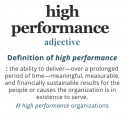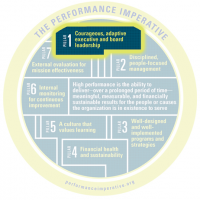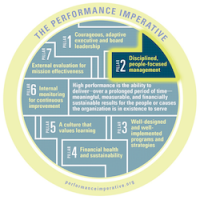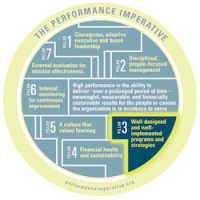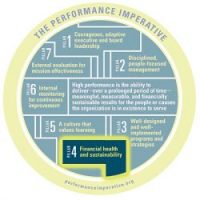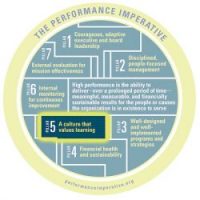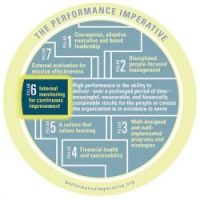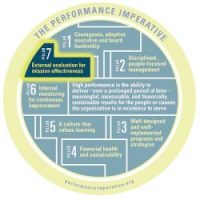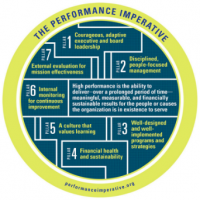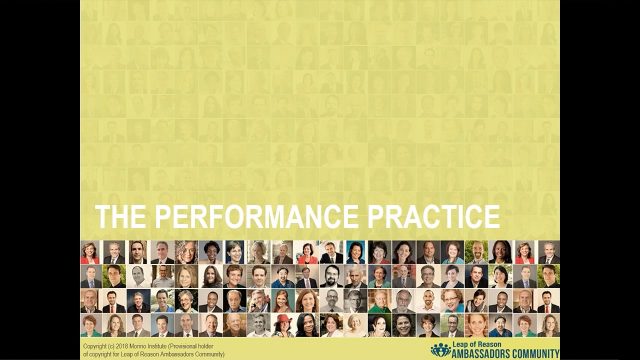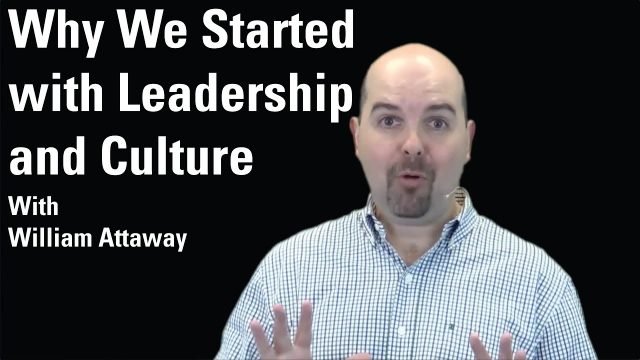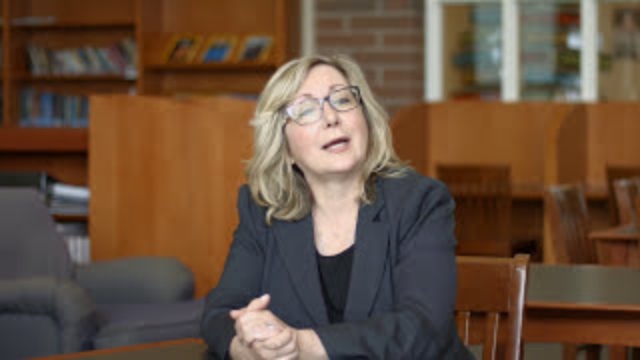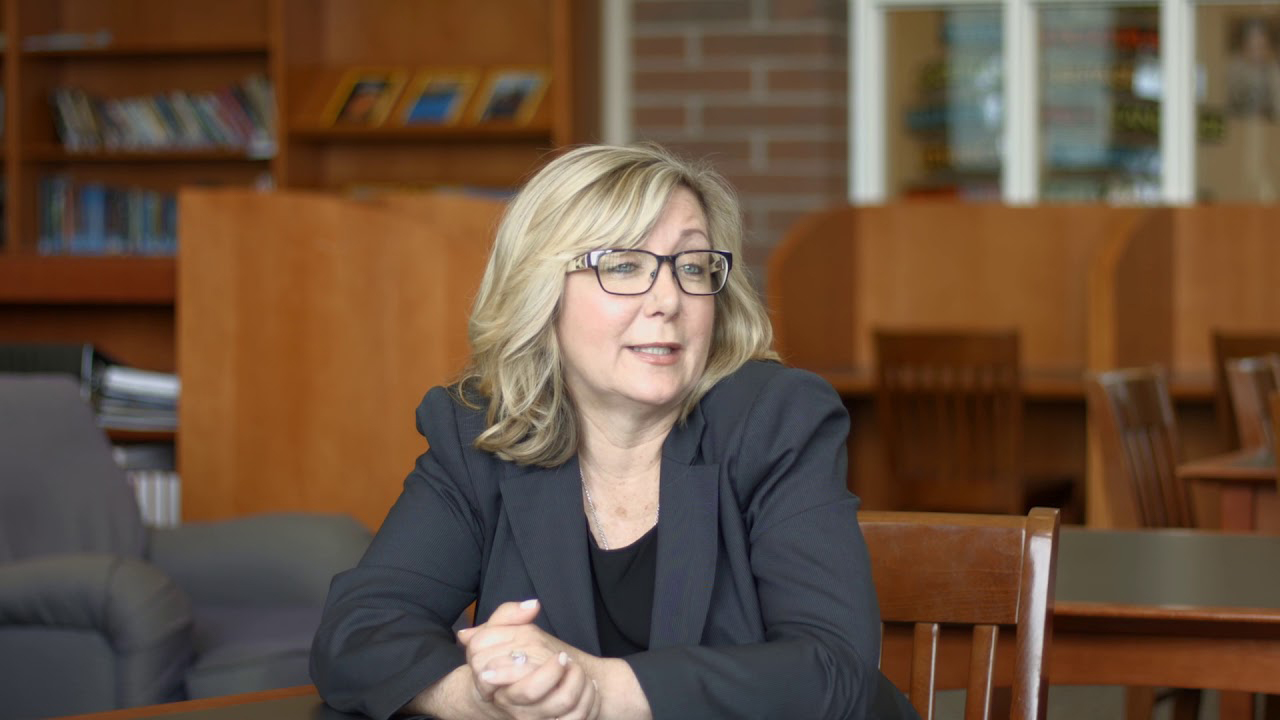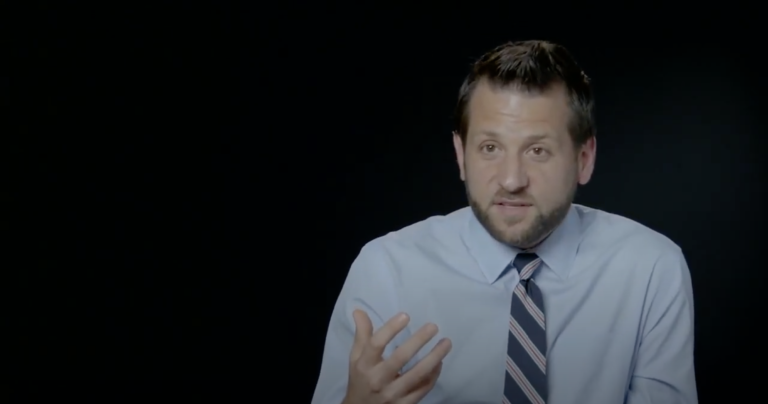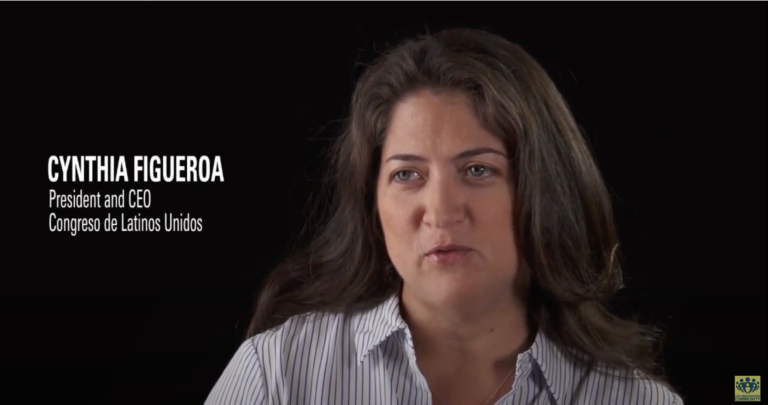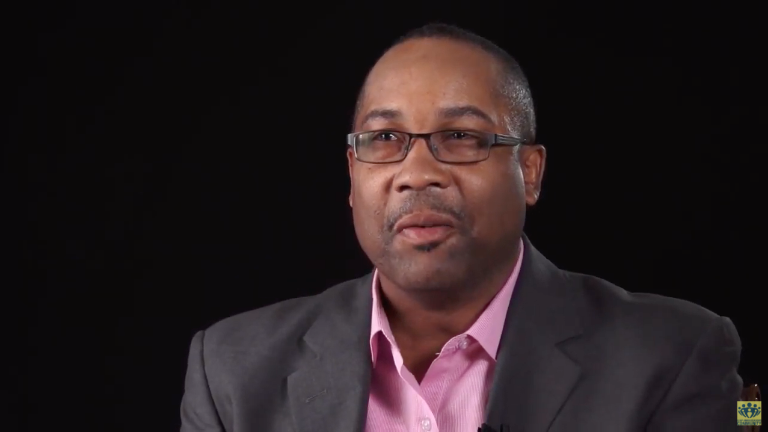Principle 1.1: Executives and boards embrace their responsibility to deliver meaningful, measurable, and financially sustainable results.
1.1.1: My organization’s executives and board have formally documented that they are mutually responsible for ensuring strong performance and their respective roles in achieving it; furthermore, they have fully committed to and accepted these roles and responsibilities.
1.1.2: Through a formal process, my organization’s executives assess themselves individually and collectively, at least once a year, to hold themselves accountable for delivering strong results.
1.1.3: Through a formal process, my organization’s board members assess themselves individually and collectively, at least once a year, to hold themselves accountable for delivering strong results.
